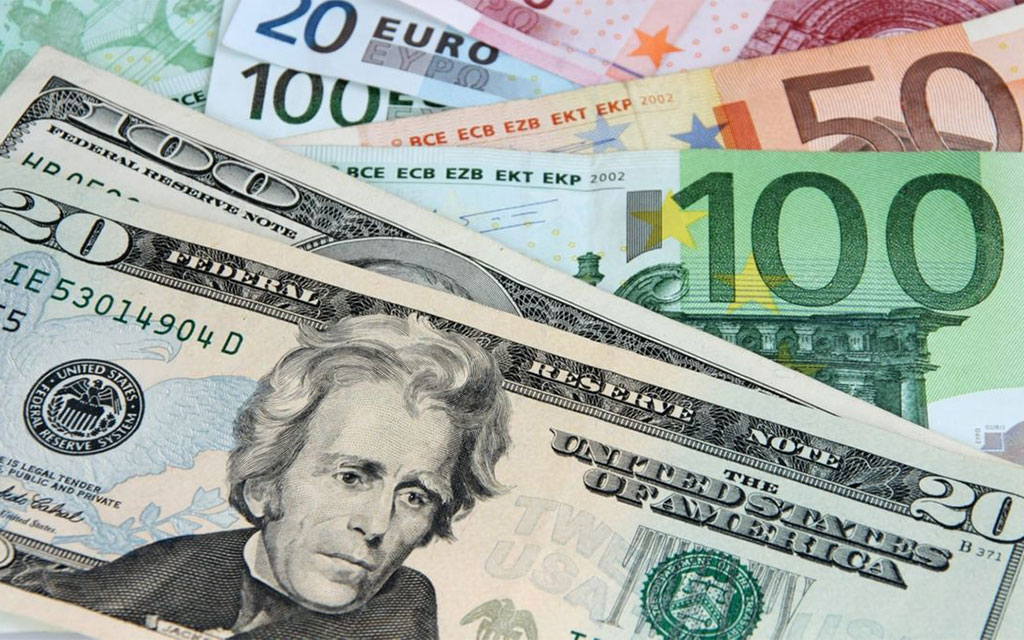Despite a prohibition on banknote exports to Russia by the US and the EU in early 2022, billions of dollars were nevertheless transported into the country up until the end of the previous year.
According to information cited by Reuters from customs authorities, over $2.3 billion worth of US and European currencies were imported to Russia between March 2022 and December 2023. Transfers of money into the nation go via a number of nations, notably Turkey and the United Arab Emirates. Following the conflict in Ukraine, these nations did not implement trade sanctions with Moscow.
Previous data
Beginning in March 2022, the US and EU will not allow the export of paper money to Russia. The government of President Putin has referred to the euro and USD as “toxic” following the announcement of a number of penalties by the US and EU that barred the nation from participation in the international payment, financial, and trade systems. The Russian Central Bank’s foreign exchange reserves in Europe have been frozen, totaling almost 300 billion USD.
According to data, cash imports increased right before hostilities started. In four months (November 2021–February 2022), Russia received close to 19 billion USD in US dollars and euros. This amount was merely 17 million USD previously.
The foreign trade director of Buchanan Ingersoll & Rooney (USA), Daniel Pickard, claims that this trend demonstrates that some Russians wish to minimize the risks associated with sanctions. “The United States and its allies recognize the value of working together to achieve the best possible economic outcomes. However, Russia is also skilled in mitigating and avoiding these effects, according to Pickard. In fact, he thinks the real figure is higher than what the publications report.
Where does foreign currency come from?
In order to preserve the ruble following the conflict, the Central Bank of Russia swiftly imposed restrictions on the export of foreign money. Only over 98 million USD in US dollars and euros were reported to have departed Russia between February 2022 and December 2023.

Conversely, a far larger quantity of foreign cash is coming in. The biggest importer is a little-known firm named Aero-Trade, which operates at airports and on international flights and offers duty-free merchandise. During this time, they imported up to 1.5 billion USD in foreign currency.
At Moscow’s Domodedovo International Airport, transactions are handled. This corporation was paid twenty million USD in foreign cash in seventy-three lots. These are money transactions or proceeds from domestic economic activity, based on the customs statement.
According to Reuters sources, Russian banks also imported $580 million during this time, primarily from the sale of precious metals like gold and silver. For instance, between 2022 and 2023, Vitabank purchased $64.8 million worth of banknotes from Demas Kuyumculuk, a Turkish gold trading corporation. Vitabank sent Demas Kuyumculuk $59.5 million worth of gold and silver during that time.
The company was involved in a series of cash-for-gold transactions involving Vitabank and two other Russian banks between March 2022 and September 2023, according to sources from Demas that spoke with Reuters. This individual claimed that Demas’s only viable option for satisfying long-term agreements made before to the imposition of Western sanctions was to move banknotes from the United Arab Emirates to Russia. After all of these contracts were fulfilled in the third quarter of last year, bilateral trade was terminated.
USD is still a trusted currency in Russia
When they suspect sanctions circumvention, the EU always cooperates with foreign nations, according to a representative for the organization. By the end of 2023, the US government had promised to retaliate against financial firms that evaded sanctions. In 2023 and 2024, they also placed sanctions on a large number of companies operating in foreign nations.
Figures from Reuters have never been made public before. This demonstrates that, despite Moscow’s decreased reliance on the USD and EUR, Russia continues to discover methods to get around sanctions and that these currencies are essential tools for commerce and tourism.
The USD has been surpassed by the Yuan as the most traded foreign currency in Moscow in recent years. Payment issues still exist, though. Many Russians still prefer to keep foreign currency while traveling overseas, conserving money, or purchasing modest quantities of items, according to Dmitry Polevoy, the investment director at Astra Asset Management.
“For individuals, the US dollar is still a reliable currency,” he said.



